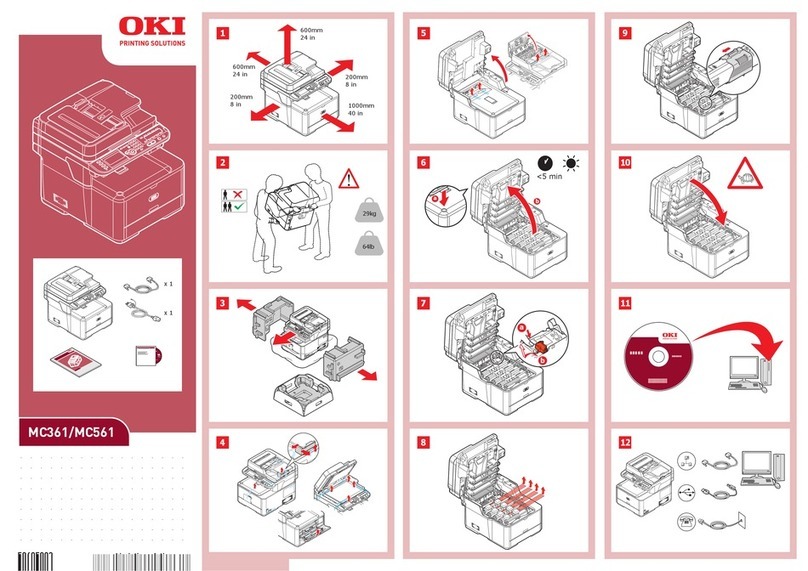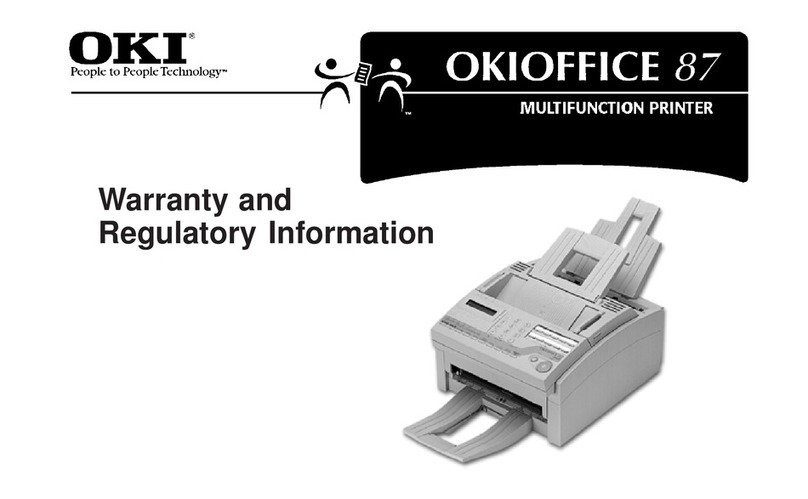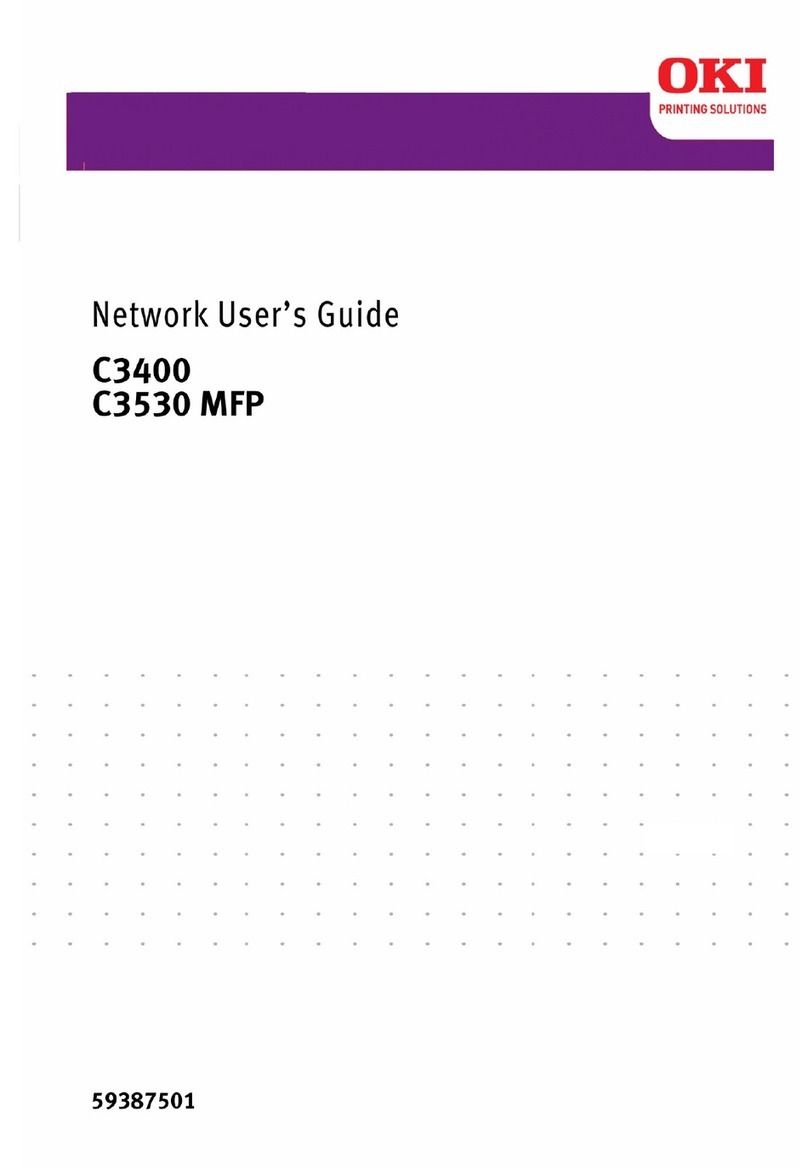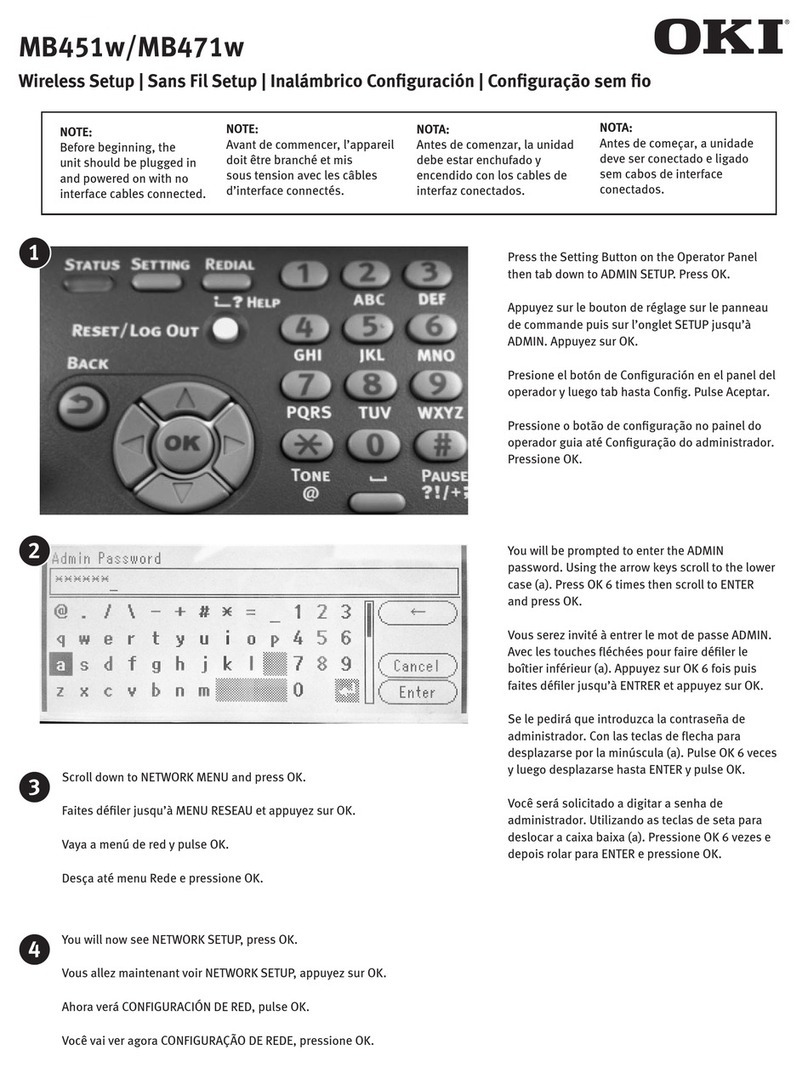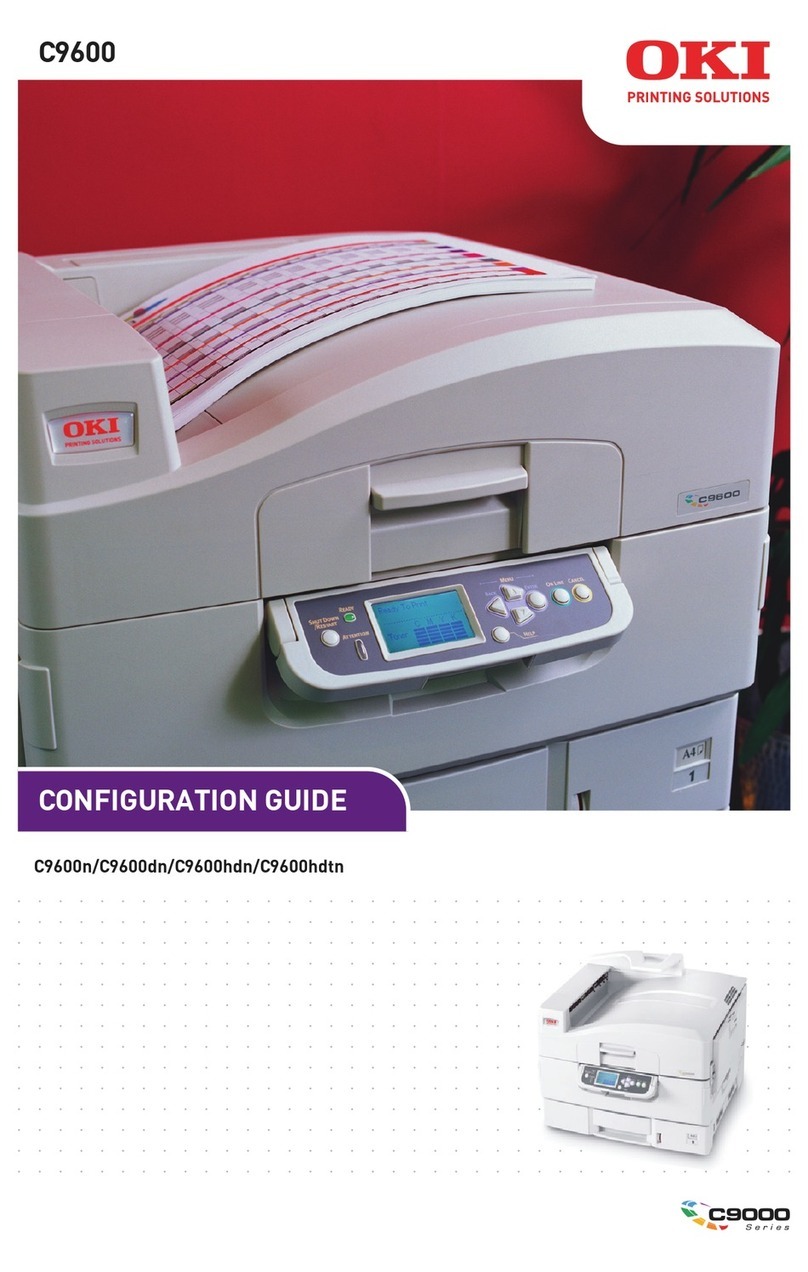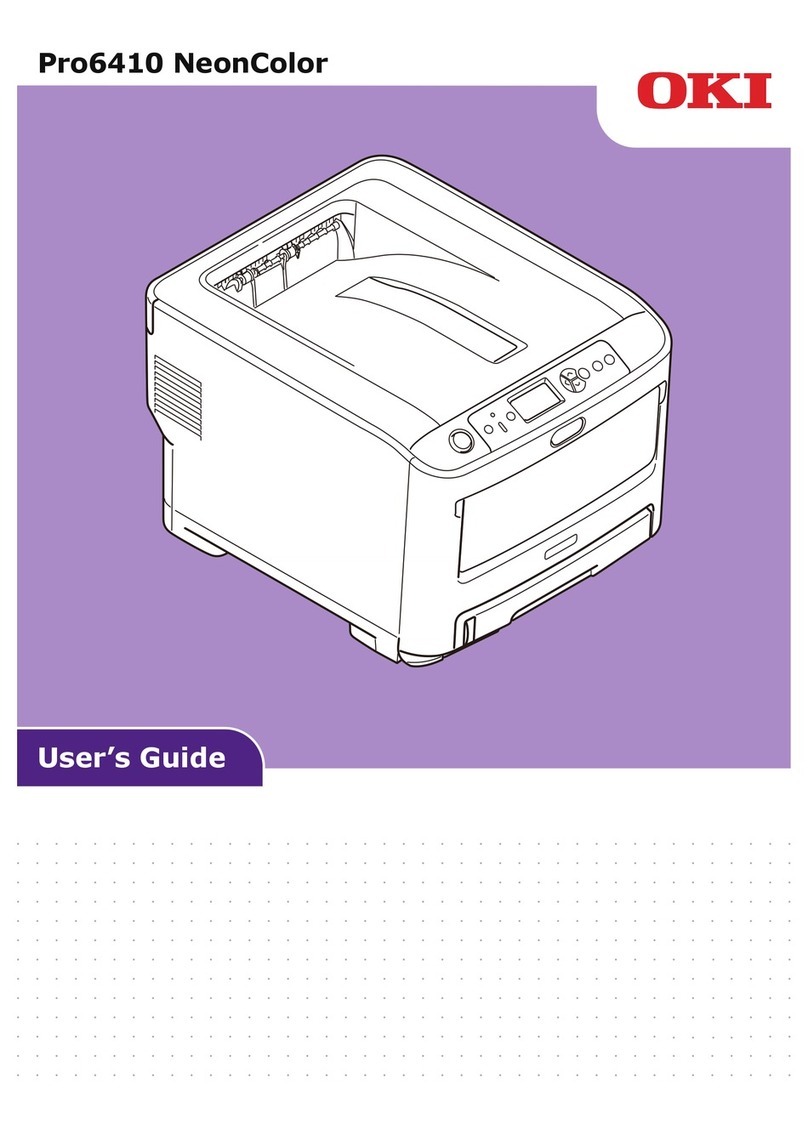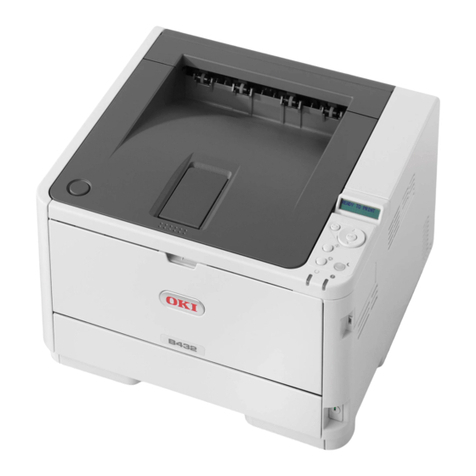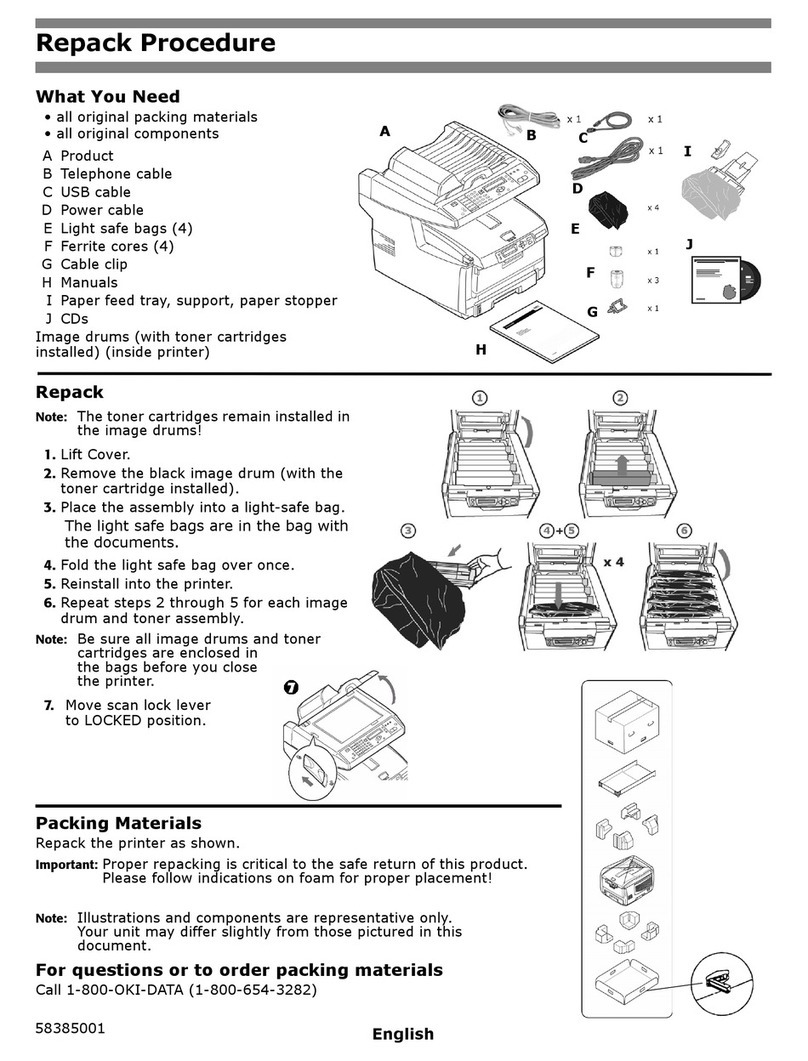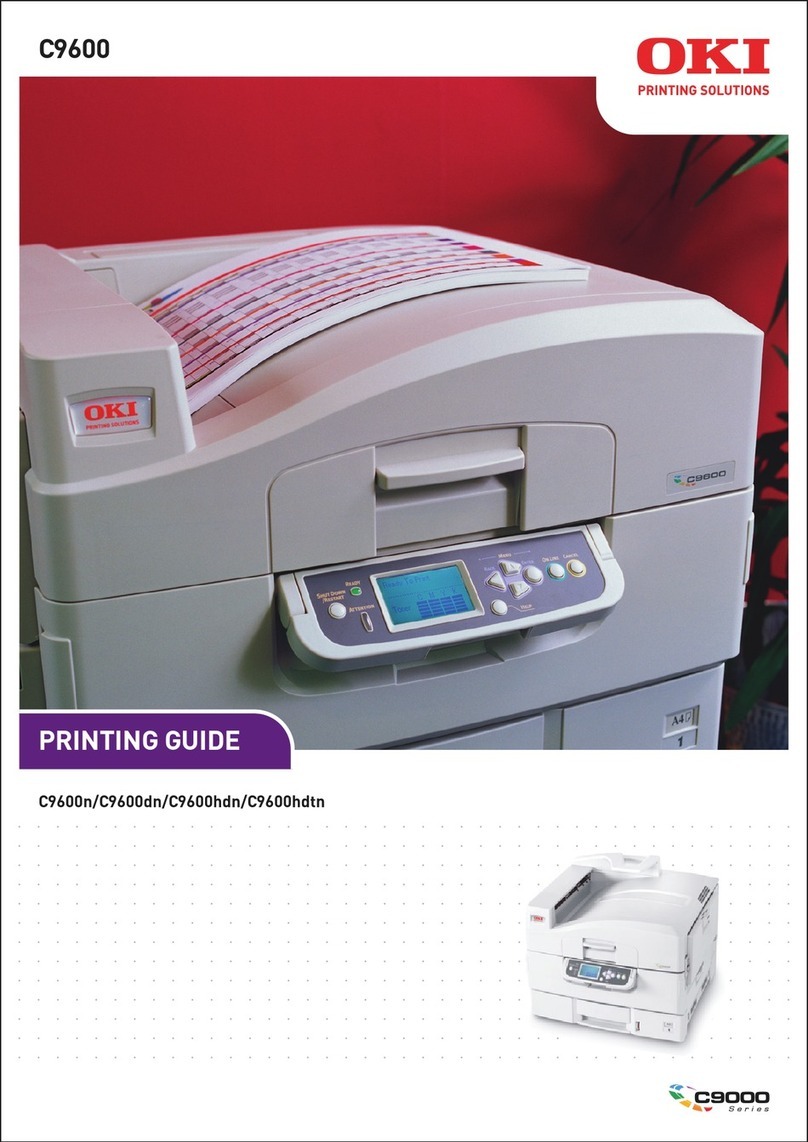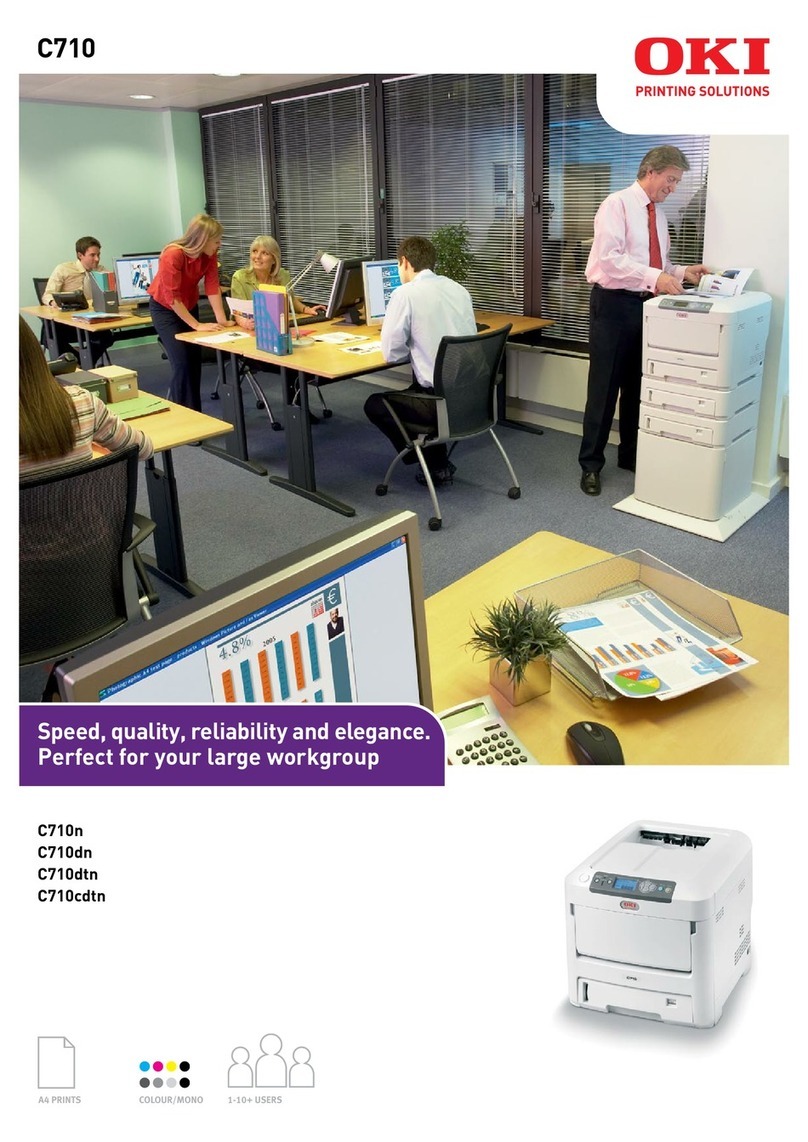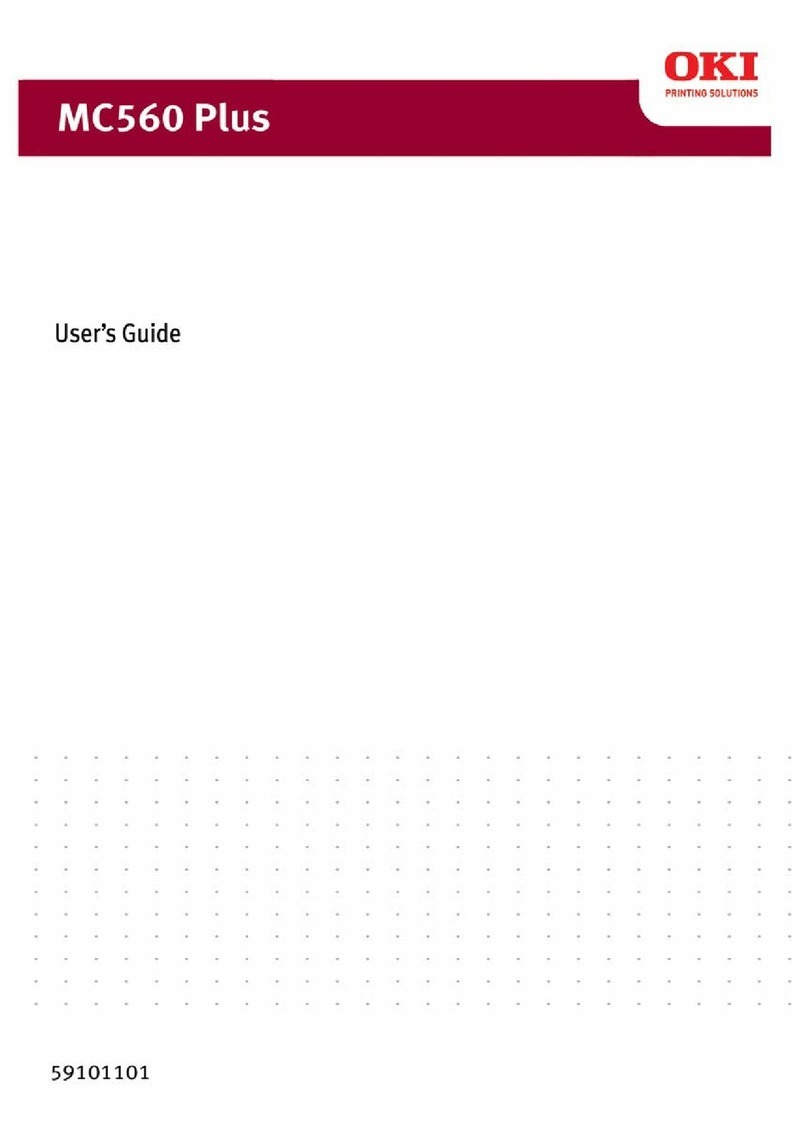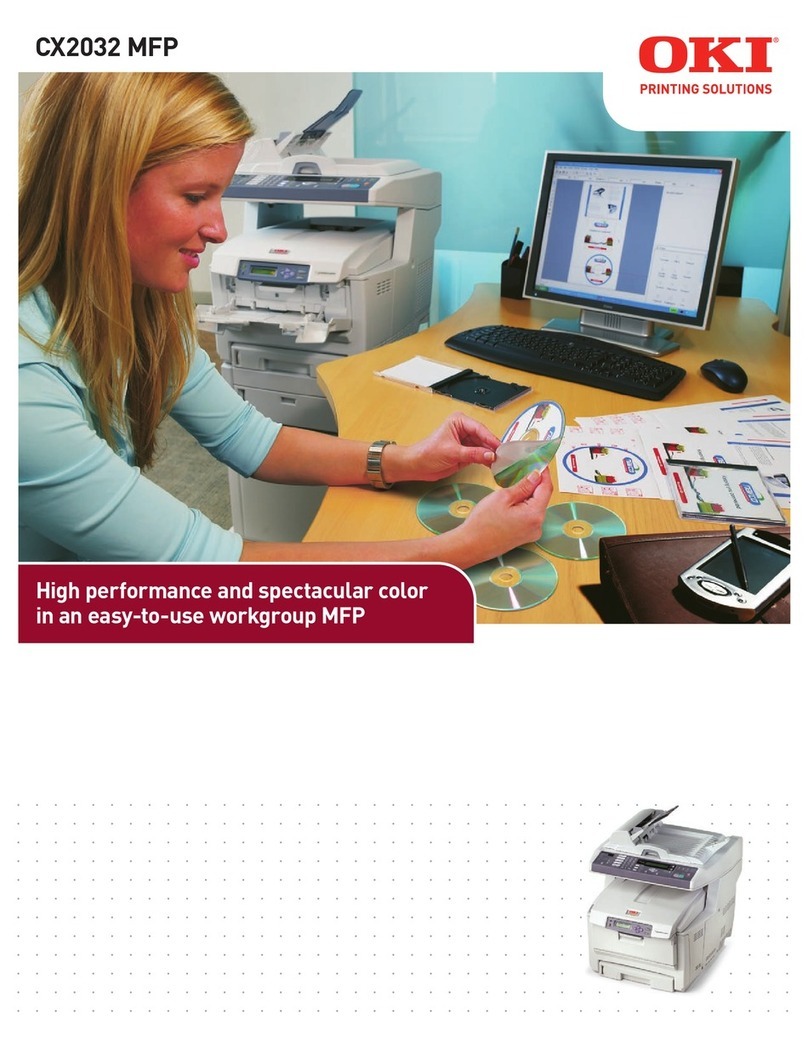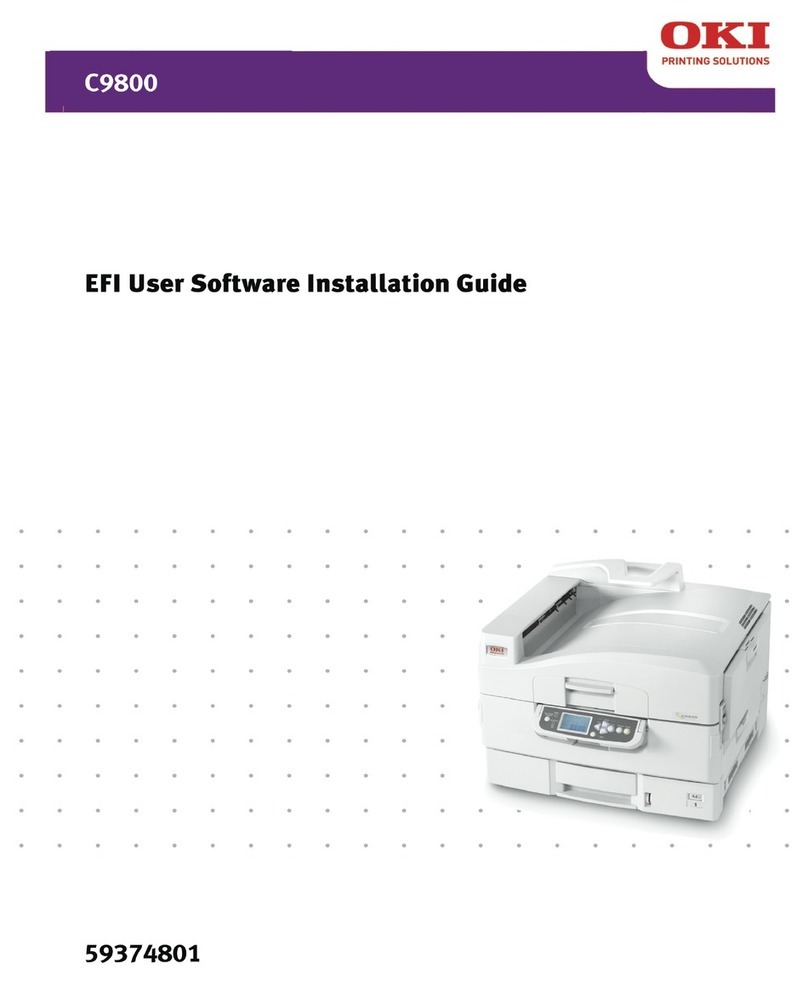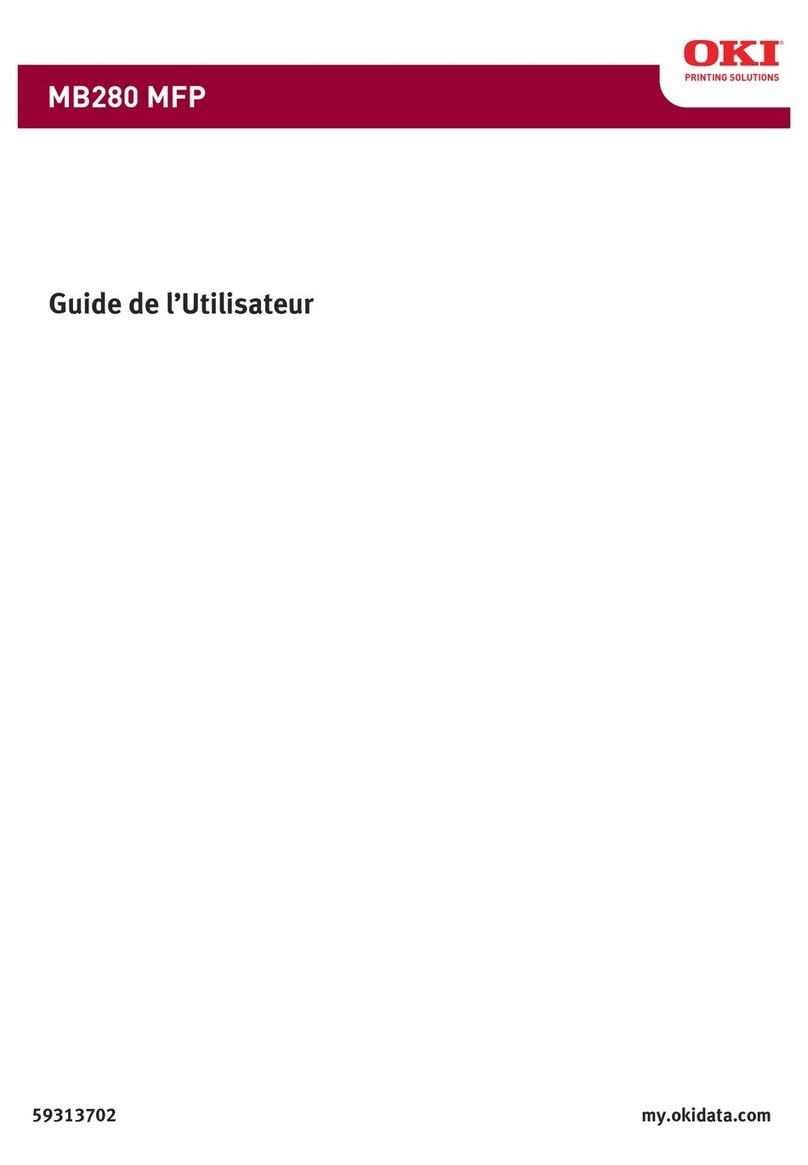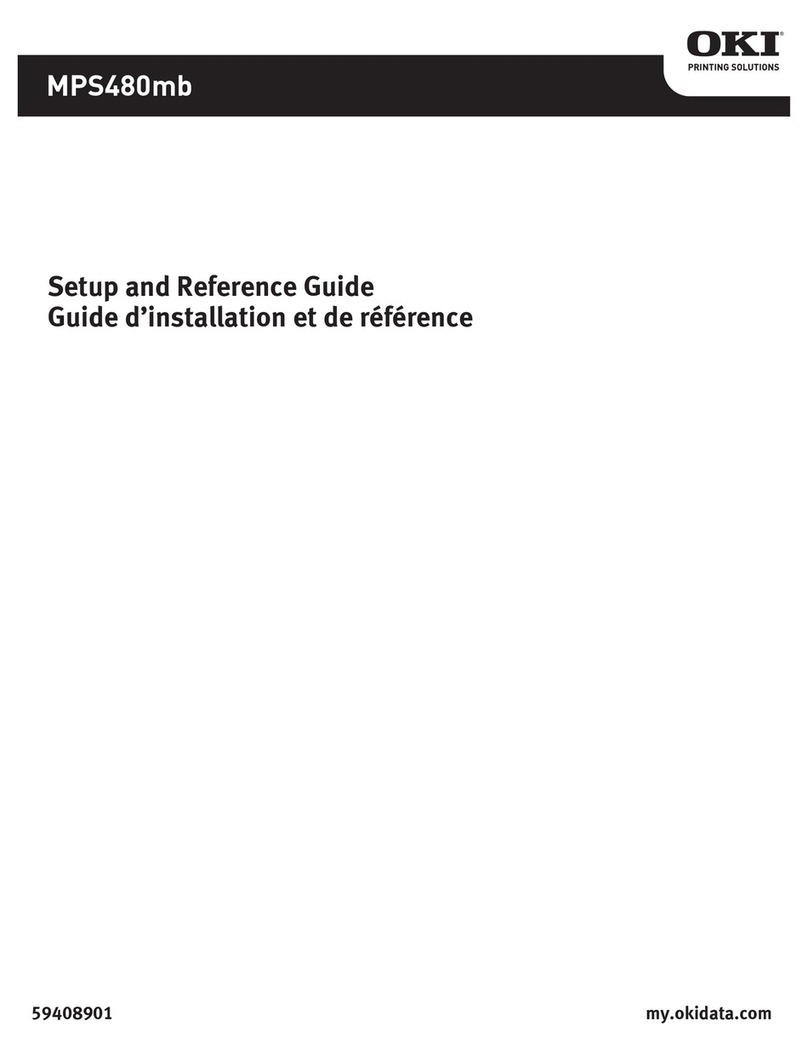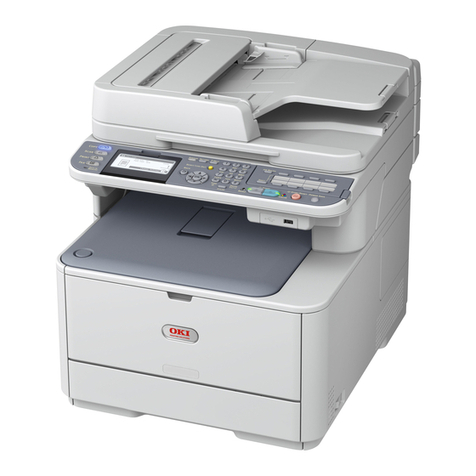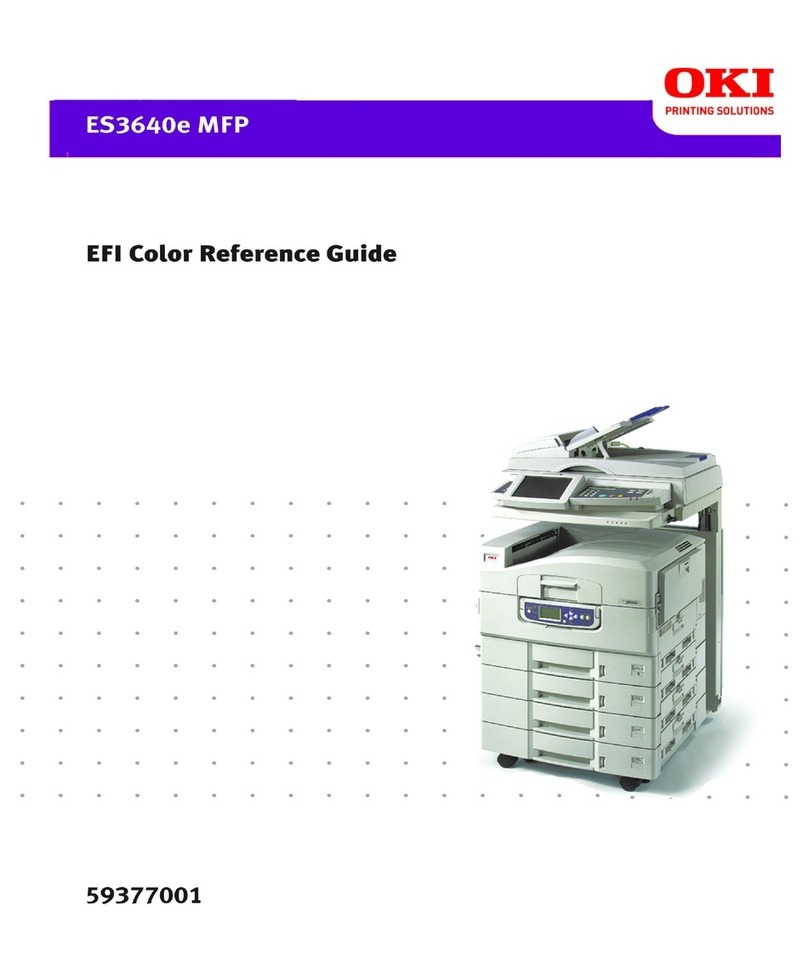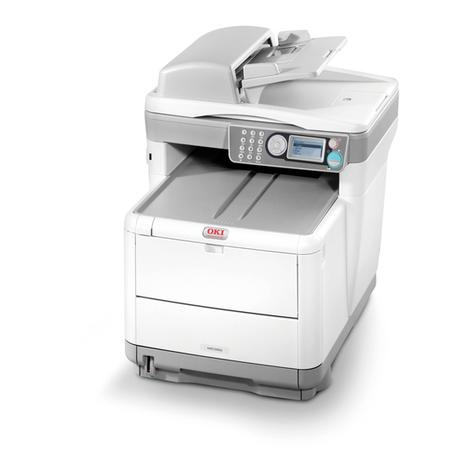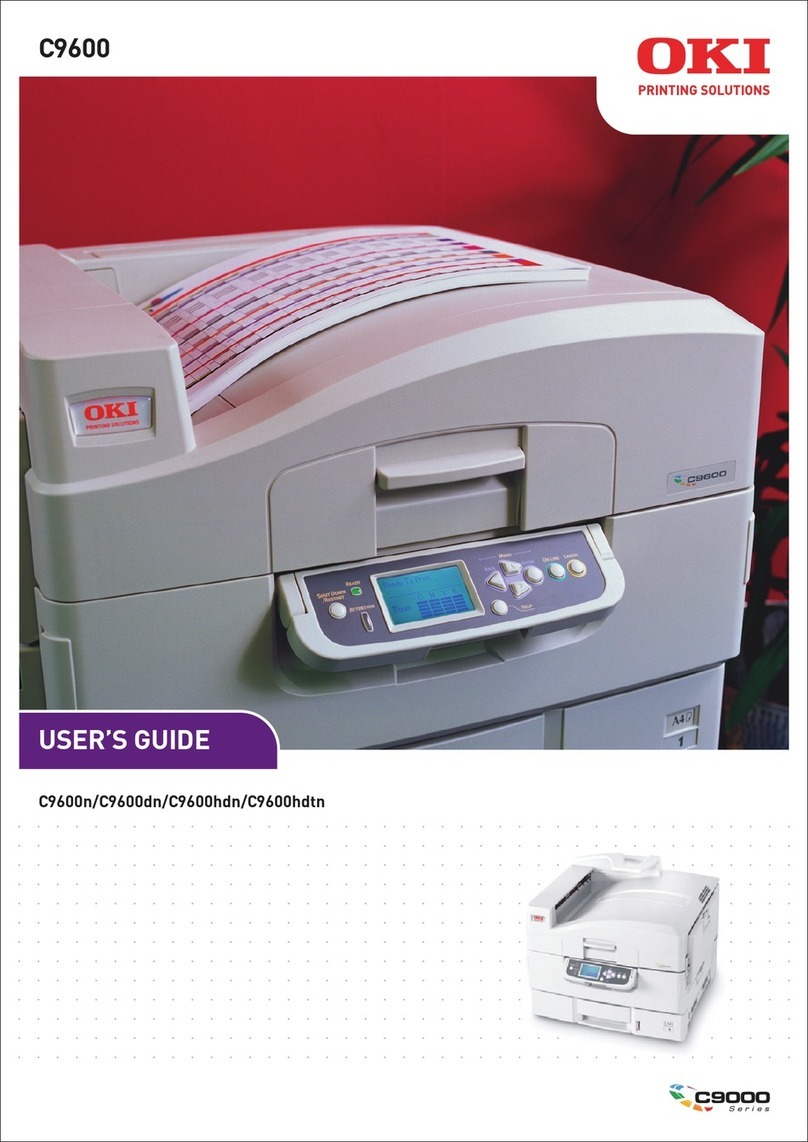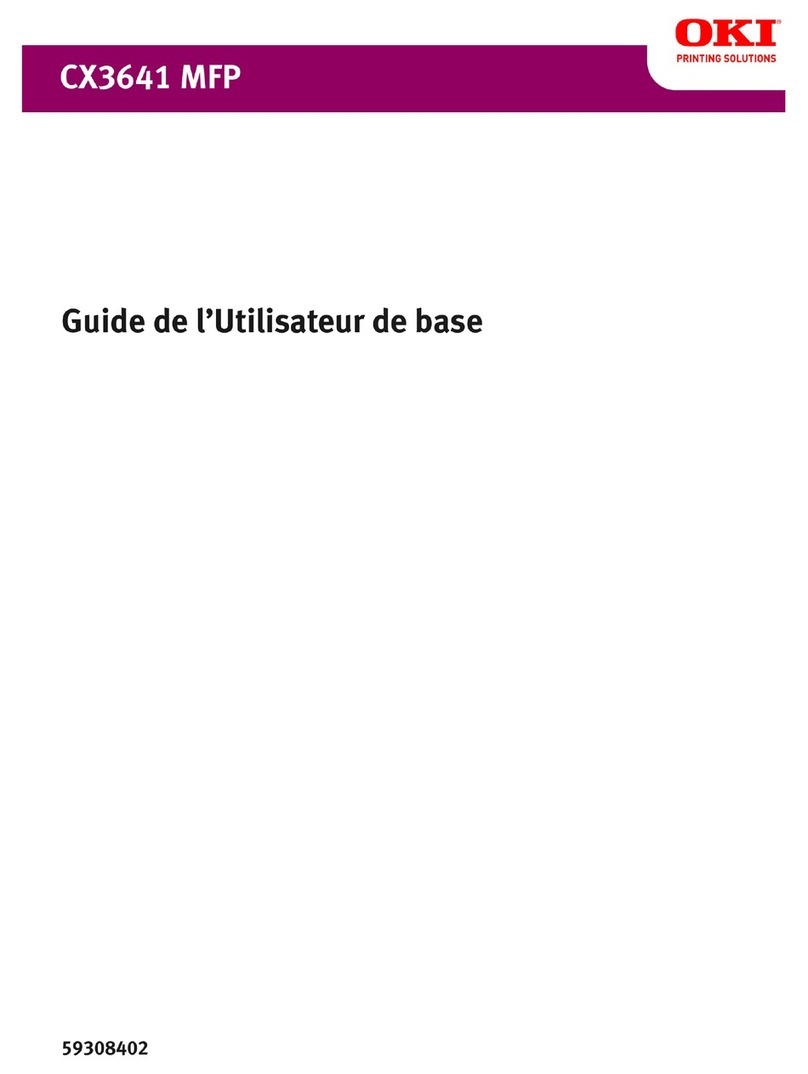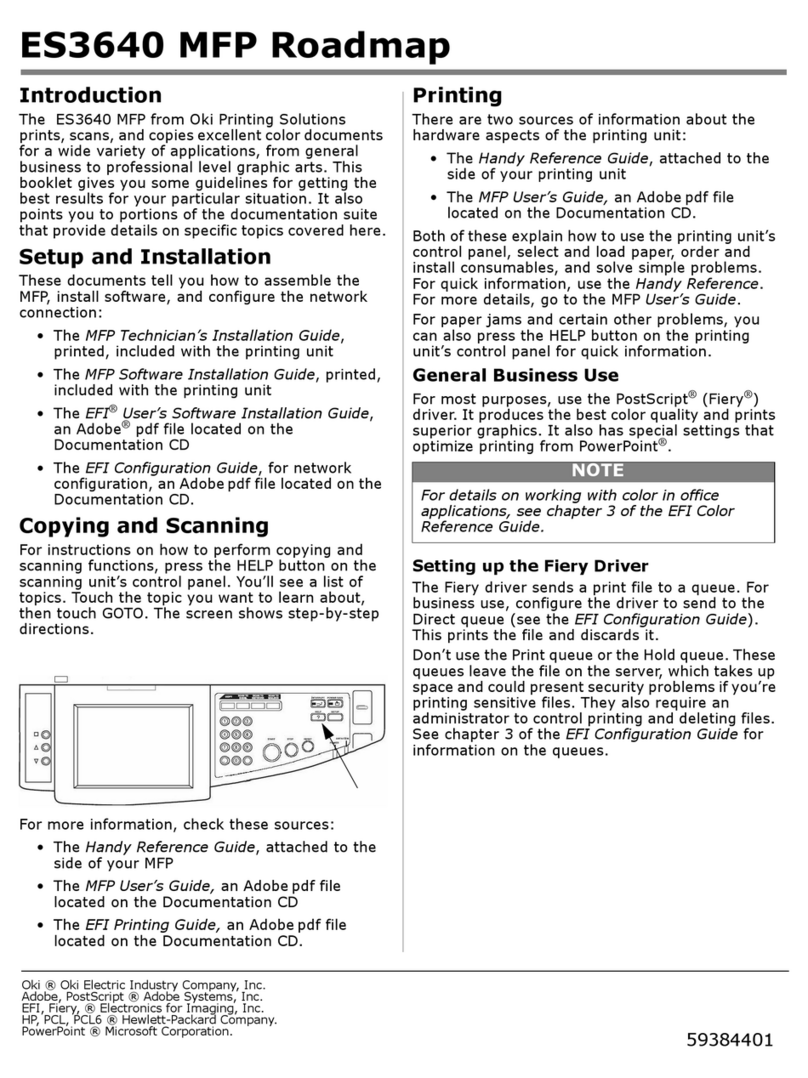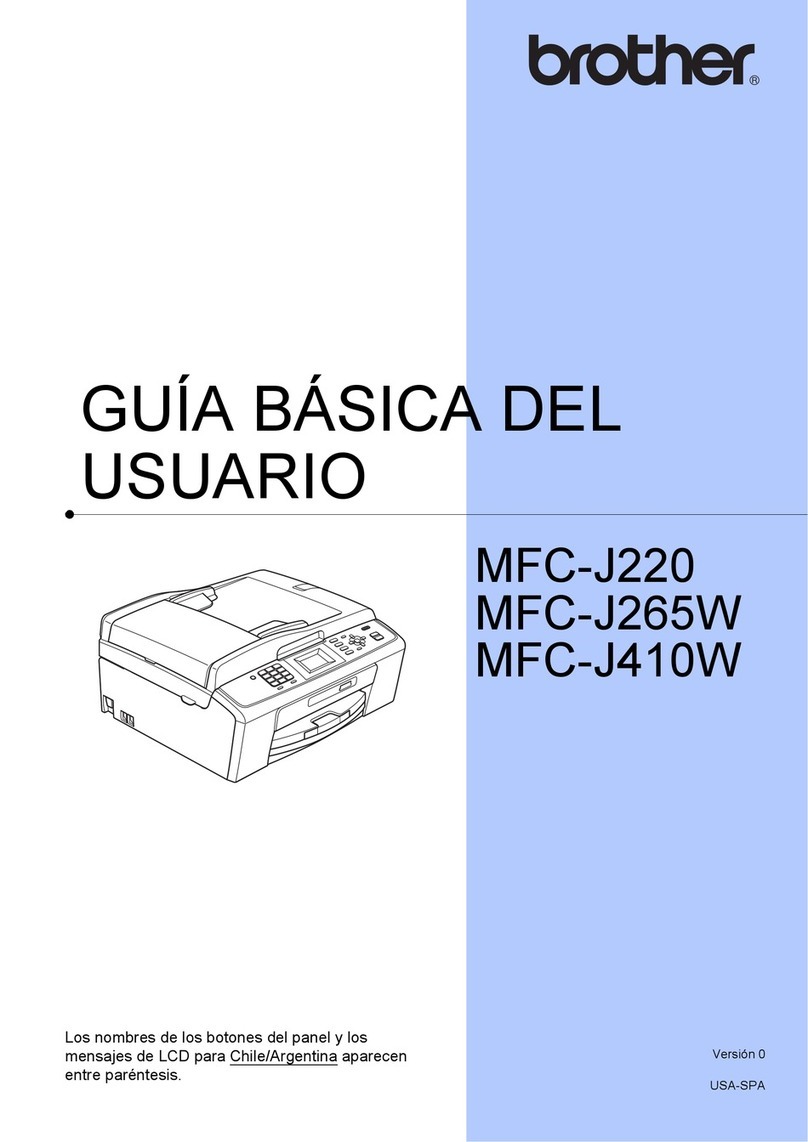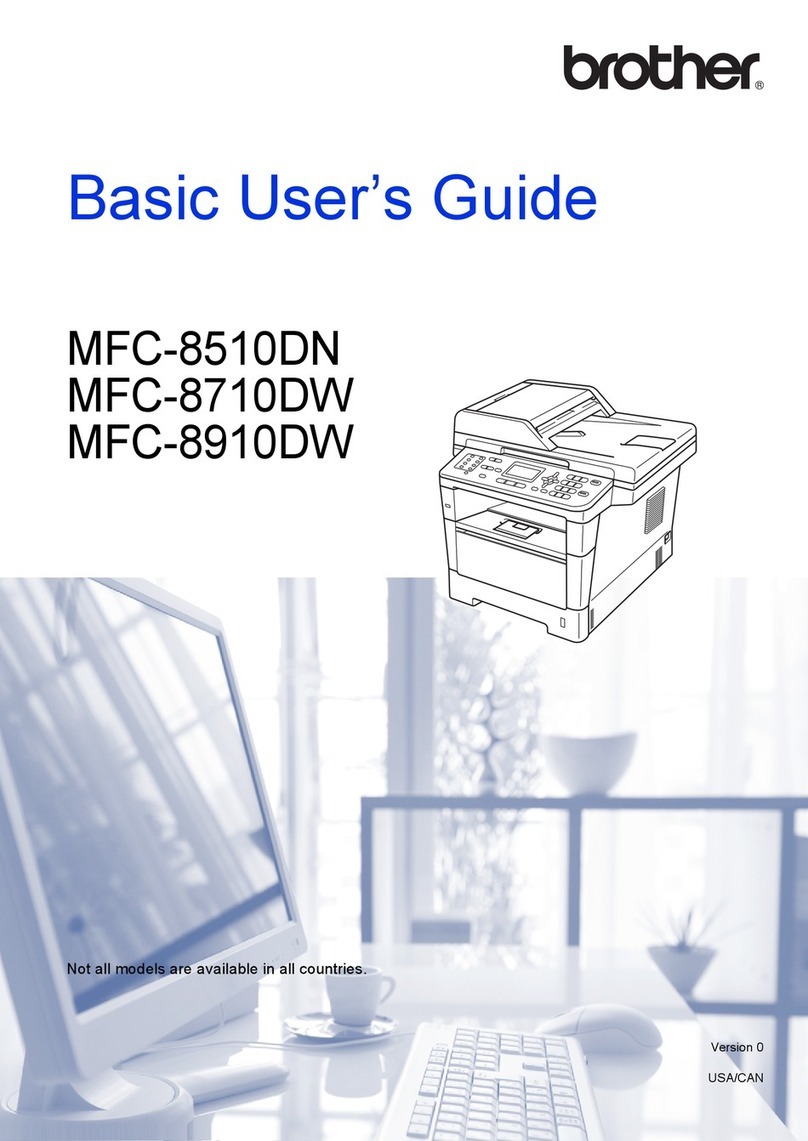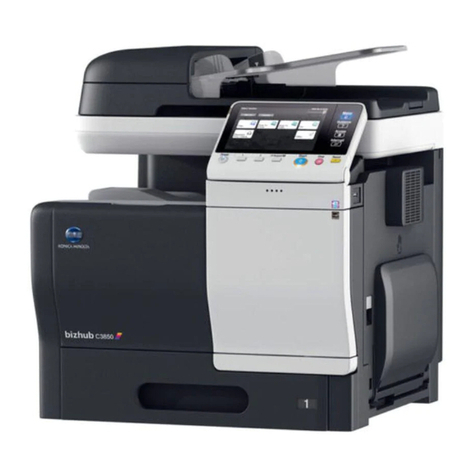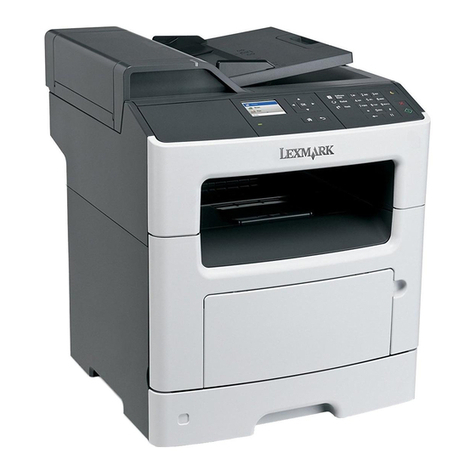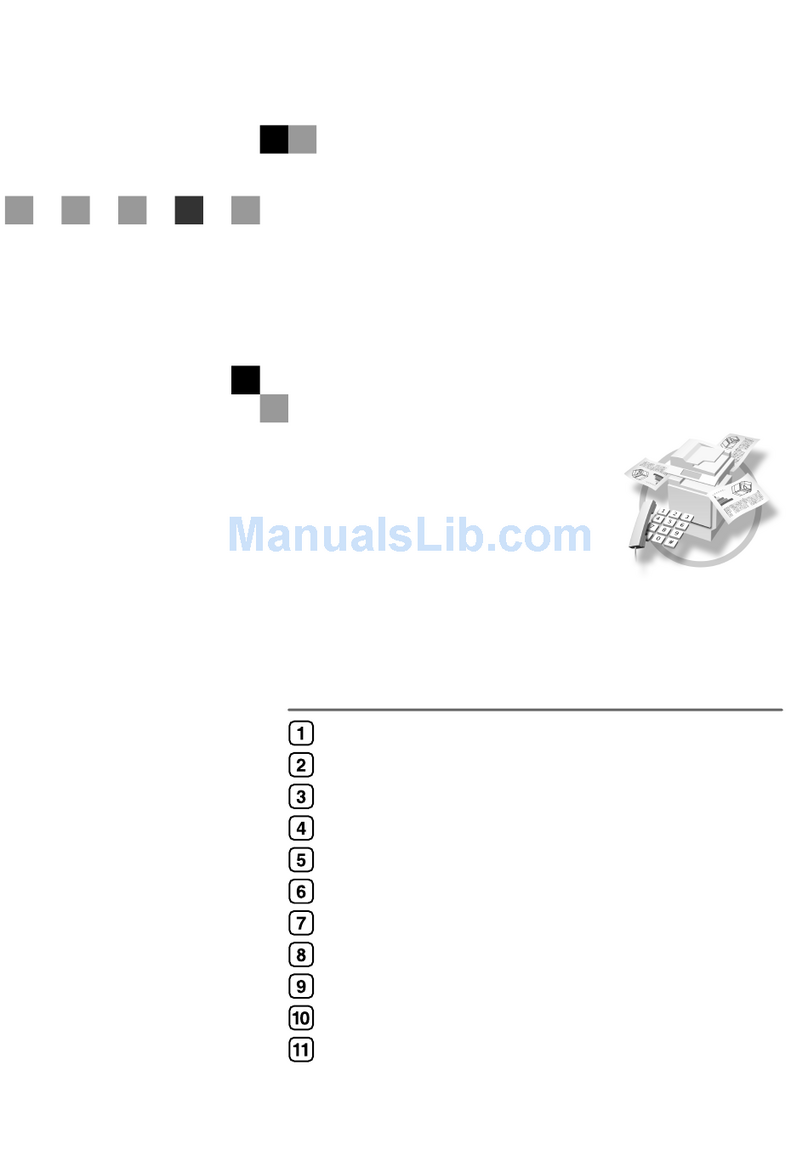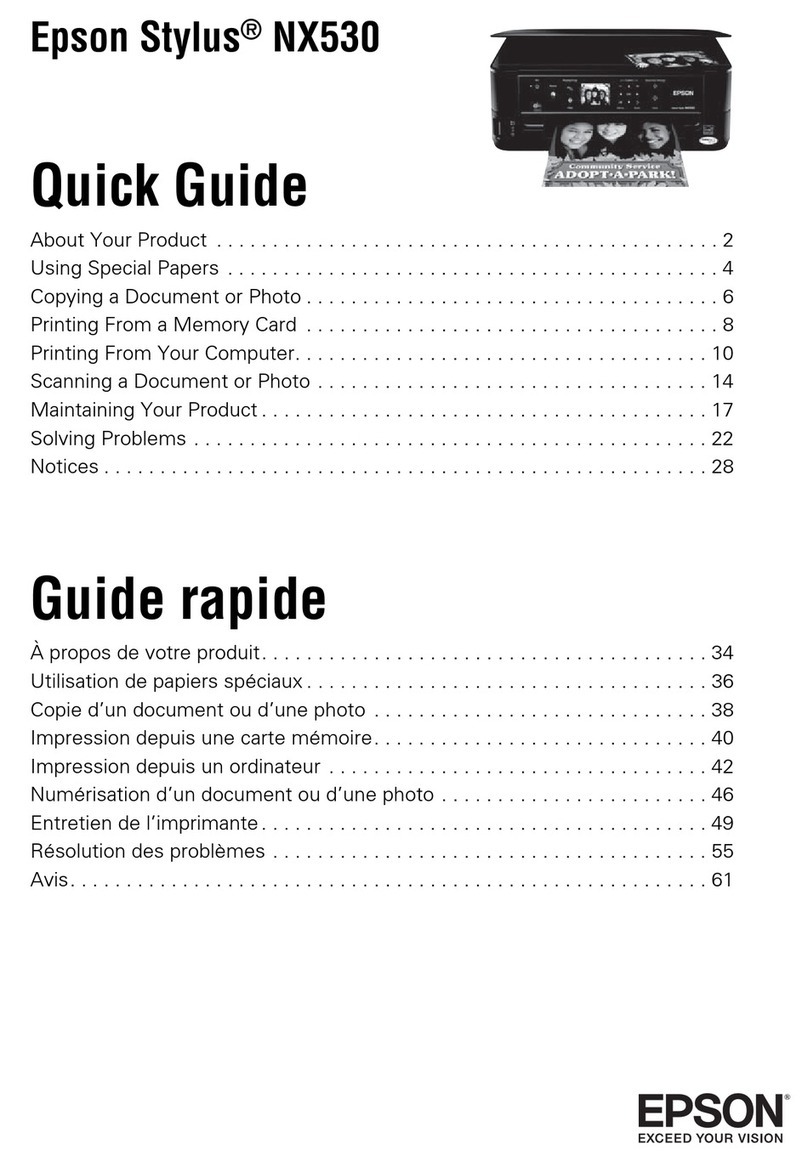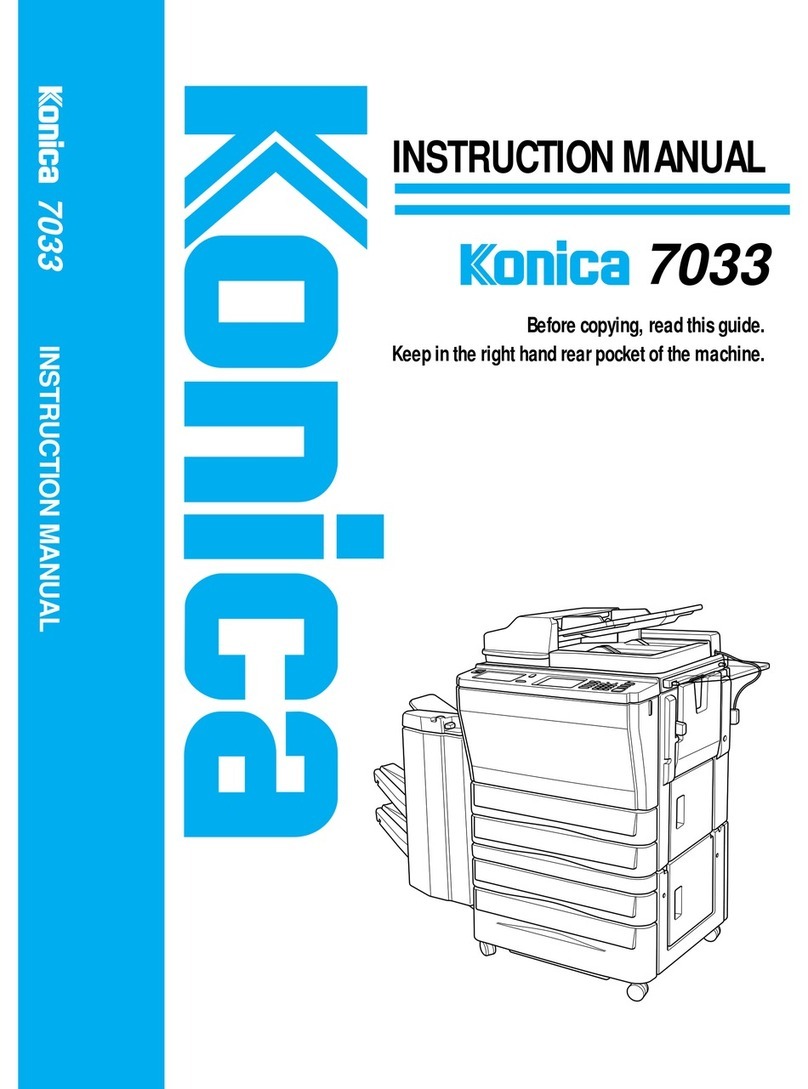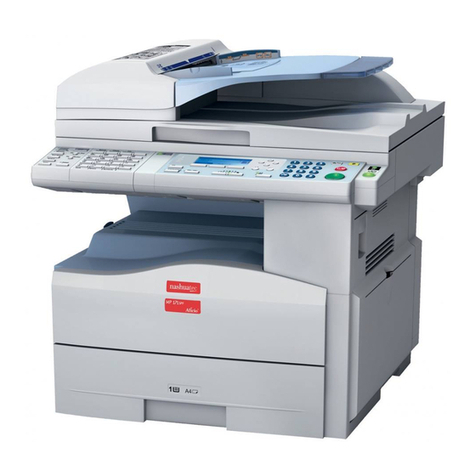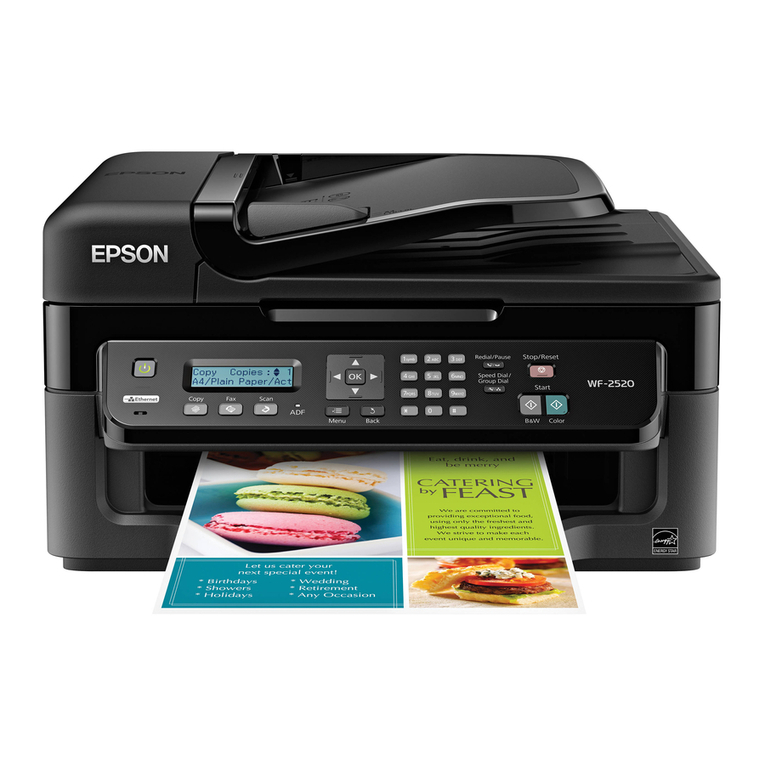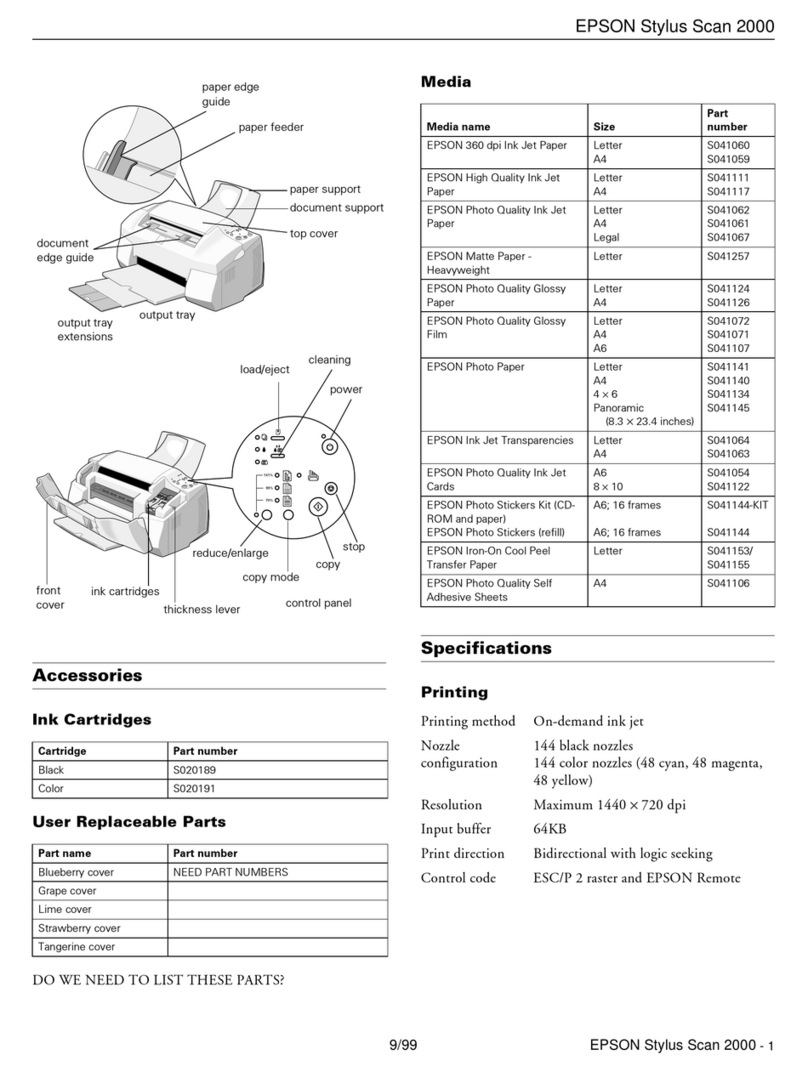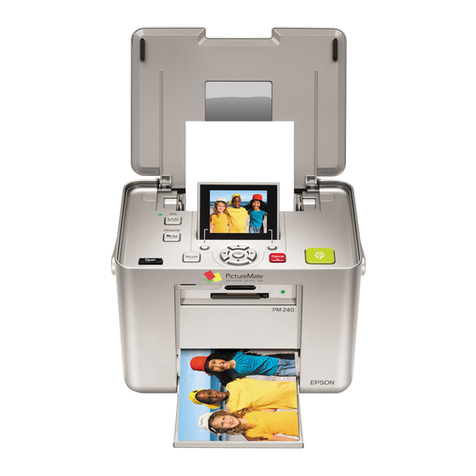
Table of Contents Page
....2.9.2 Technical Functions 47
........Service Personnel Initial Settings Table 2.9.2 (1/7) 48
........Service Personnel Initial Settings Table 2.9.2 (2/7) 49
........Service Personnel Initial Settings Table 2.9.2 (3/7) 50
........Service Personnel Initial Settings Table 2.9.2 (4/7) 51
........Service Personnel Initial Settings Table 2.9.2 (5/7) 52
........Service Personnel Initial Settings Table 2.9.2 (6/7) 53
........Service Personnel Initial Settings Table 2.9.2 (7/7) 54
........TEL/FAX Automatic Switching 55
........TEL/FAX Mode Flow Chart 56
........TAD Mode Flow Chart (Type 1) 57
........TAD Mode Flow Chart (Type 2) 58
....2.9.3 Technical Functions Example 59
........Technical Functions 01 to 11 (Table 2.9.3, 1/5) 60
........Technical Functions 12 to 16 (Table 2.9.3, 2/5) 61
........Technical Functions 24 to 27 (Table 2.9.3, 3/5) 62
........Technical Functions 17 to 23 (Table 2.9.3, 4/5) 63
........Technical Functions 28 to 31 (Table 2.9.3, 5/5) 64
....2.9.4 User's Functions 65
........User's Function Table 2.9.4 (1/5) 66
........User's Function Table 2.9.4 (2/5) 67
........User's Function Table 2.9.4 (3/5) 68
........User's Function Table 2.9.4 (4/5) 69
........User's Function Table 2.9.4 (5/5) 70
........User's Initial Settings 71
........Table 2.9.4 (1/5) User's Initial Settings (One-touch key
Program) 72
........Table 2.9.4 (2/5) User's Initial Settings (One-Touch Key) 73
........Table 2.9.4 (3/5) User's Initial Settings (One-Touch Key
Program) 74
........Table 2.9.4 (4/5) User's Initial Settings (One-Touch Key
Program) 75
........Table 2.9.4 (5/5) User's Initial Settings (One-Touch Key
Program) 76
........Table 2.9.4 (1/5) User's Initial Settings (Functions
Program) 77
........Table 2.9.4 (2/5) User's Initial Settings (Functions
Program) 78
........Table 2.9.4 (3/5) User's Initial Settings (Functions
Program) 79
........Table 2.9.4 (4/5) User's Initial Settings (Functions
Program) 80
........Table 2.9.4 (5/5) User's Initial Settings (Functions
Program) 81
....2.9.5 User's Functions Example 82
........Table 2.9.5 (1/3) User's Functions 83
........Table 2.9.5 (2/3) User's Functions 84
........Table 2.9.5 (3/3) User's Functions 85
........2.9.5 User's Functions 86
........2.9.5 User's Functions Example 87
........2.9.5 User's Functions Example 88

